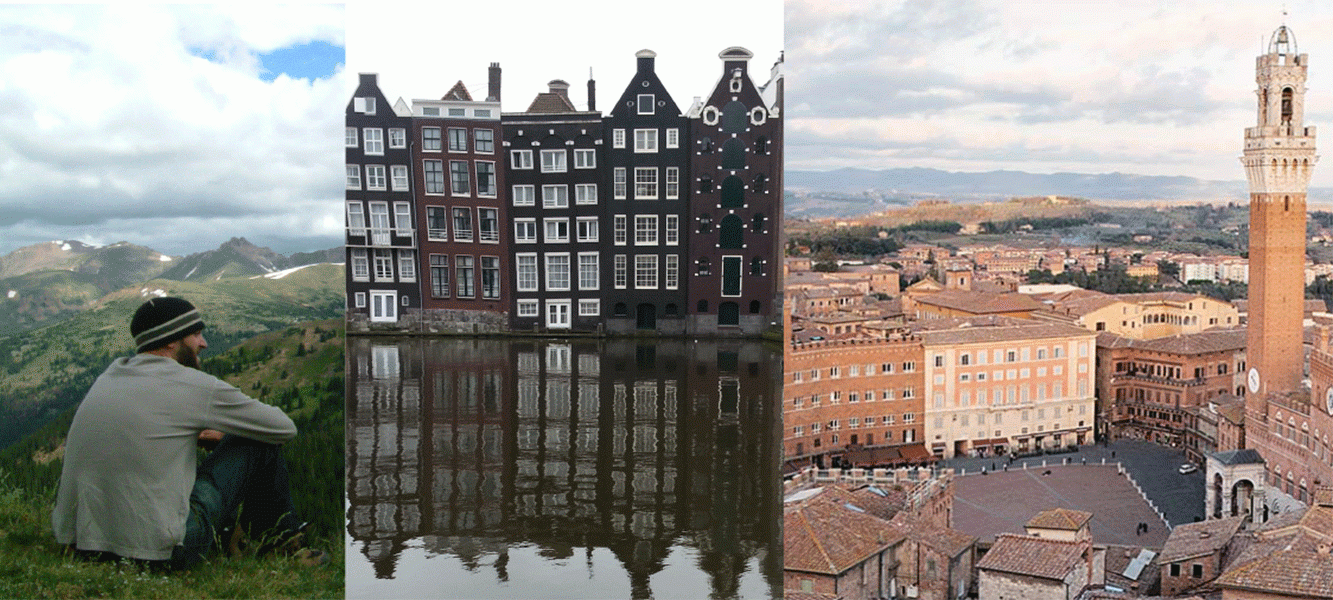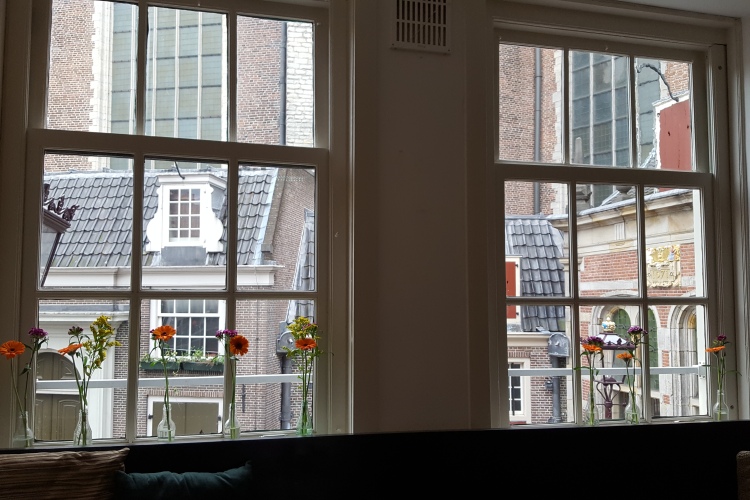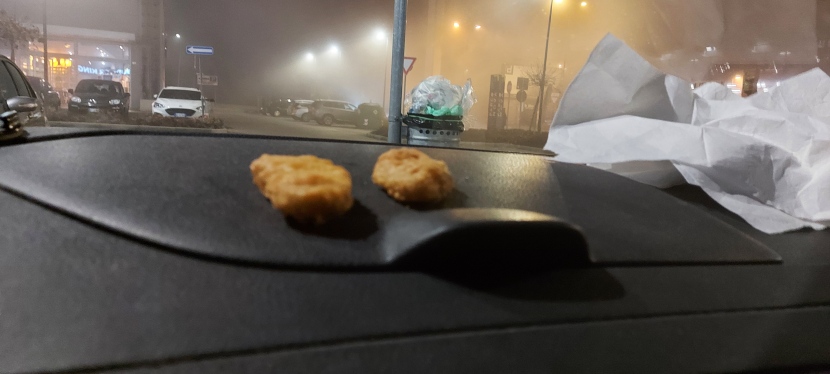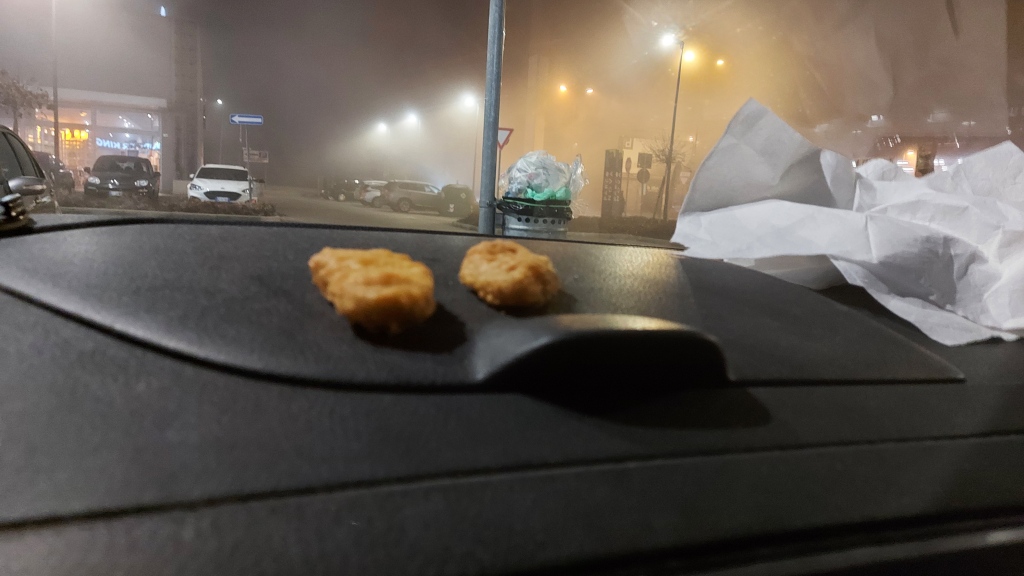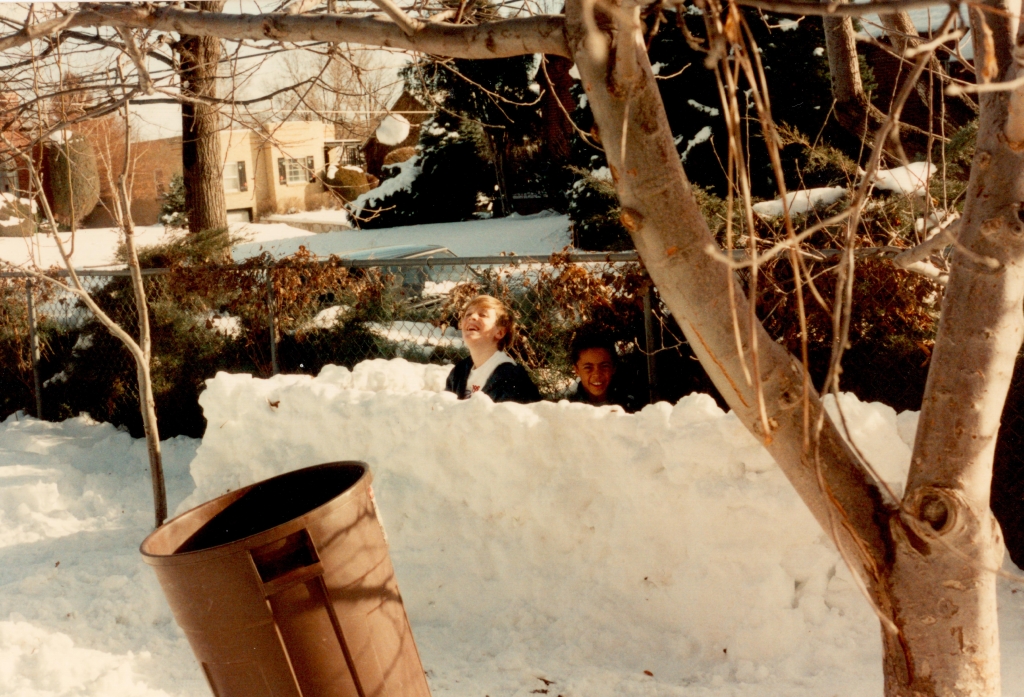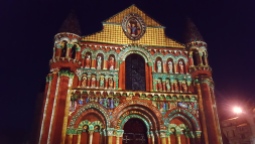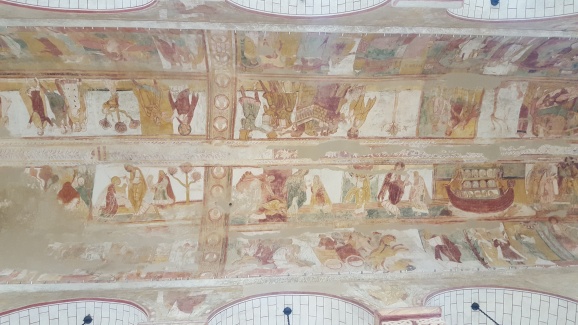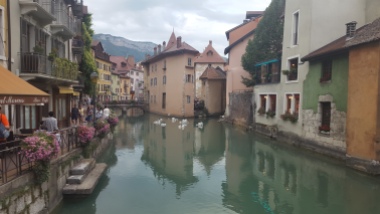Have you ever been a guide to a foreign person in your own home? I highly suggest that you try it. You’ll inevitably discover new things that have hiding in plain sight for your whole life. Through a pair of foreign eyes, things that have always seemed like banal, background elements to your existence suddenly force themselves to be revisited. Things like the shape of a stop light, or how shopping karts feel different when you steer them suddenly demand further examination. I once witnessed a squirrel while in an American park in the company of a European person. At the sight of the common urban rodent, there were shrieks of bewildered excitement as if a primeval subconscious had been awakened in the presence of what was perceived to be raw nature. I found myself confused, wondering whether I’d missed something. Despite claiming that seeing squirrels was quite common, my friend wildly snapped photos, fearing the end of such a rare encounter. I found myself questioning my understanding of squirrels and nature via a voice in my head that had taken on that of Sir David Attenborough.
During our first visit to the United States together, my wife who is Italian, and I managed to experience an impressive number of iconic American things. We stood on the Golden Gate Bridge, we ate chicken and waffles at 2:00 am in Oakland, and we camped under the stars as we made our way through Yosemite, the Grand Canyon, and Colorado. Those have indeed remained special memories, each in their own ways, but it’s the smaller things that fascinated my wife and made me reevaluate so many of the experiences that I’d taken for granted or just never noticed growing up in America. I would have never thought that spending a night in a cheap motel would end up being the impetus for cultural discovery. Marianna examined every aspect of the room like a detective, saying things like “Look at this sink! Why is it like this?” Or “What kind of sheets are these?”. To her disappointment, I had no satisfactory answers for her questions.
My wife is still fascinated by seemingly random American things. To this day, even after having visited the US and my family in Denver multiple times, she still finds herself compelled to do things like schedule long visits Walgreens. She walks down the aisles as if it were museum, reading labels and taking mental notes. For her, it’s like going on a cultural safari citing that she just never gets to see the kinds of products or clientele that Walgreens regularly provides. It’s true. Walgreens, for better or for worse, is a window into contemporary American cultural reality on par with the Smithsonian.
———
Back in Italy, on a rather mundane Sunday during Season 3 of the Global Pandemic we were driving through the outskirts of Bologna. Heading to my wife’s sister’s house and Marianna, out of the blue, noted:
“You know what I’ve never done? I’ve never got food via the drive-thru window and then eaten the food in the car.”
There was a particular emphasis on ‘eating in the car’ as if it was scandalous thing even to mention out loud. Italians don’t eat in the car. Marianna’s father, who is moderate and progressive compared to the majority of Italian traditionalists, always forbade eating in the car to his children growing up. Food is sacred in Italy and the consumption of it must reflect the appropriate amount of respect and reverence. I sensed an aire of rebelliousness in my wife’s voice as she imagined what it would be like to consummate a family meal within the confines of our vehicle. I, having consumed a considerably large amount of meals in cars during my existence as an American from Denver, found it hard to share the same excitement for her anarchistic plan. I also couldn’t believe that I had overlooked such a blaringly American experience on our many trips to the US. Eating fast food in the parking lot at a drive-thru hadn’t come to mind when I was thinking of emblematic experiences through which to share my native culture. It is what it is though. Like Walgreens, what exists will be noticed sooner or later.
So, with mischievous determination, Marianna insisted that we, as a family acquire a meal from Burger King and eat it in the adjacent parking lot. I was worried that her initial excitement may lead expectations that wouldn’t live up to the actual experience. I tried my best to explain that nothing really happens other than parking, eating, and leaving. However, there was no point in resistance. Marianna also doesn’t share my reluctance to indulge in fast food. For her it’s a harmless novelty that’s fine every now and then. I, on the other hand, grew up too close to America’s raging junk-food fire and don’t really feel comfortable with industrial fast food anymore. Having moved to Italy, I acquired a greater vision of how to perceive food and how it can be shared and consumed. I am now ever-conscious of my privileged, regular access to delicacies that are the envy of much of the world as well as simple, quality vegetables. I can walk down any street, in any direction and get locally produced, unpasteurized cheese that, for a number of backwards reasons, is illegal in the US. We actually possess two different qualities of olive oil in our kitchen and understand how and where each of them will improve certain dishes. The mere existence of fast food in Italy seems to me like a dangerous transgression. I feel like I should be telling a survivor’s story, defending what remains of the storied, local products and centuries of painstaking development against the encroaching corporate machines that long-ago ruined America’s foodscape by forcing the lowest quality possible upon us in the name of profit. Of course, Marianna wasn’t suggesting that we throw out our grade A quality olive oil or that we cease to shop at local markets. She simply wanted to have an experience that she just realized had evaded her up until this point in life.
So, there we found ourselves on a cold, foggy January evening, munching on whoppers and chicken nuggets as our windows steamed up. Our seven-year-old son, who had no cultural references for this was mostly surprised at his fortune. A burger and fries just like that? In the car, no less? Were these people still his parents? He inhaled his Whopper Jr. with the speed of someone who understood the finite limit of time on whatever magic spell had enchanted the authorities. Meanwhile, our two-year-old daughter delightedly spread half-eaten fries and bits of nuggets throughout the crevices between the seats. Incredibly, no ketchup ended up on our clothing nor on the upholstery.
I was surprised at how surreal it felt to watch my family in Italy eat Burger King in the car with such elation. To make things even stranger, Marianna inspired by the intercultural moment opened youtube on her phone and searched for the Pharcyde’s “Oh Shit!” I have tried time and again to get her to understand my love and appreciation for hip hop. For the most part, my efforts have gone in vain with a few random exceptions, including her inexplicable and seemingly random love for the 90’s group, The Pharcyde. As the completely inappropriate-for-kids song played, (our pandemic-influenced outlook on parenting is decidedly lax) I could not help but feel that I had detached from my reality and was elsewhere in the multiverse, in a blended experience of past and present.
I was astonished at the amount of nostalgia conjured by those greasy, steamy moments in the car. To understand a culture is to see it from all sides and to explore even the smallest and most commonplace aspects of the overall experience. A totally unexpected flood of burger fueled memories came over me. I remembered opening McDonald’s happy meals with my Mom. We ate our fries, both of our seat belts still on. My mom, whose vegetable garden is famous throughout the neighborhood and was a member of food coops in the 1980’s understood that the occasional fast food meal in the car was an effective remedy for much of childhood’s difficulties. I remembered my Dad taking advantage of the moments of pause in parking lots. In the time it took to finish off a value meal to he was able to wax on father-son discussions and monologues about life. I remembered the infinite lunches and late nights, bonding with friends over music, girls, hopes and dreams as we sat five deep in our parents cars, reveling in the flavors of ketchup and budding, adolescent freedom.
Eating fast food in a parking lot is certainly not the noblest of cultural experiences. It is what it is. Compared to the high-browed 5-course Italian meals with paired, local wines that can last for hours, Burger King drive through doesn’t even seem comparable. Yet there is a link, and a strong one at that. It’s the people. Humans need to eat in order to continue to function. But when we eat in the presence of other people, the act takes on a whole different purpose. When we eat together, we’re relaxed. We’re happy. I love great food but I’m here to admit that I think that it’s the company is the most important part of any meal.
